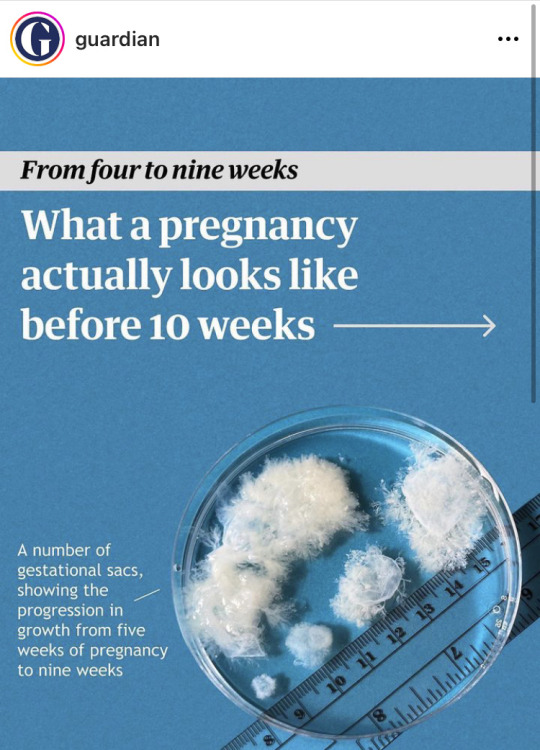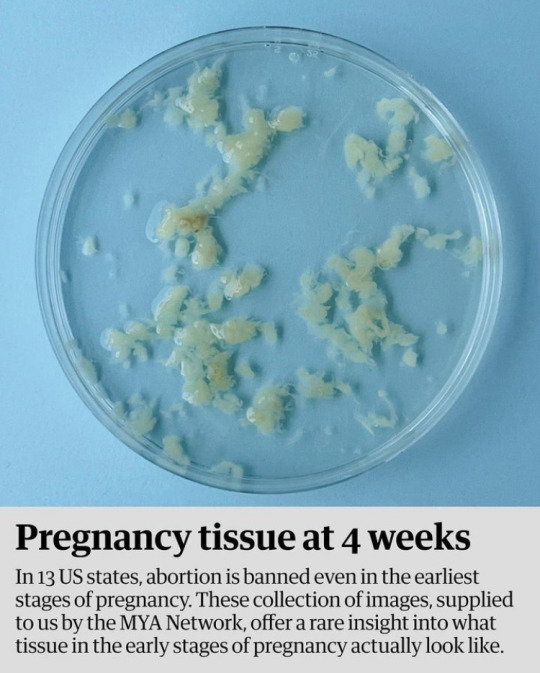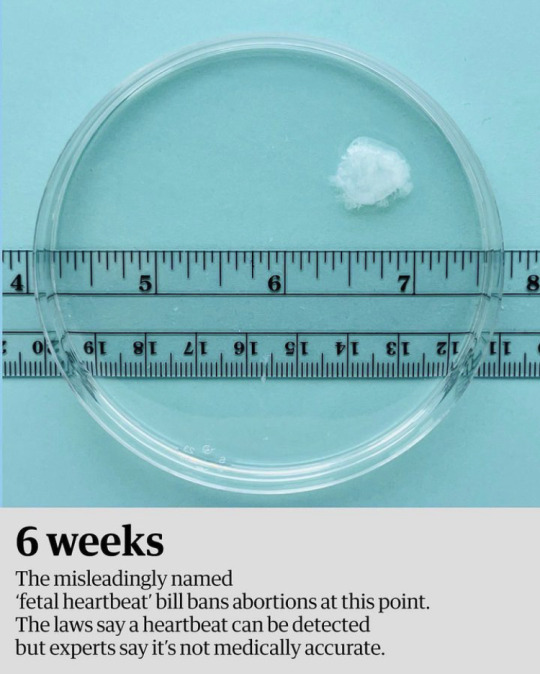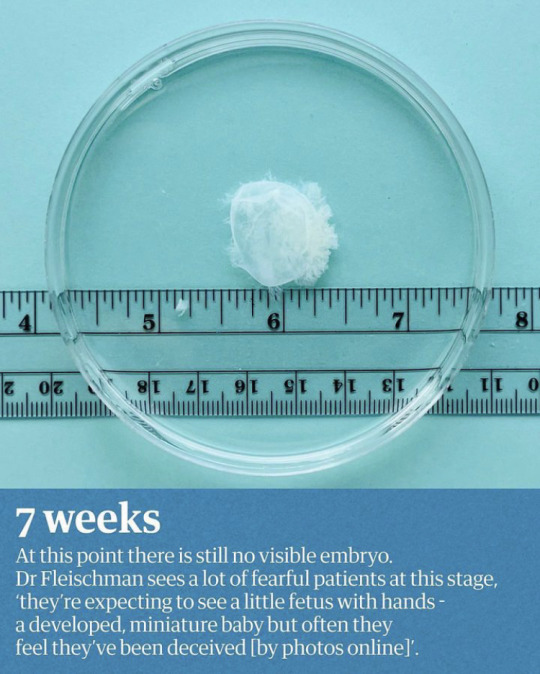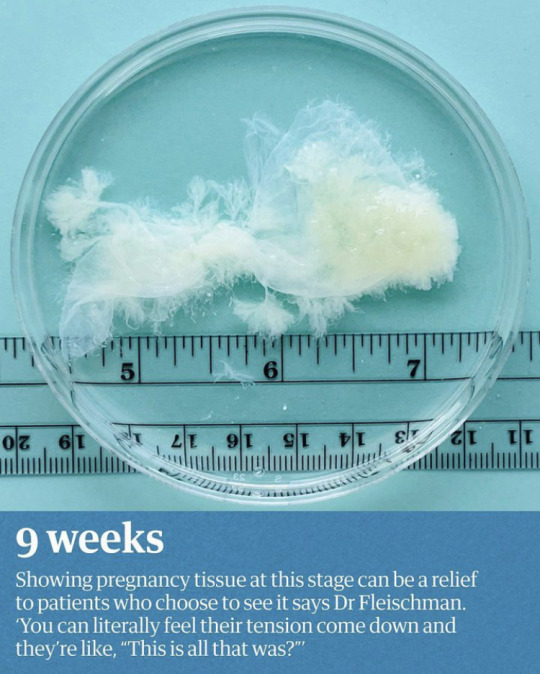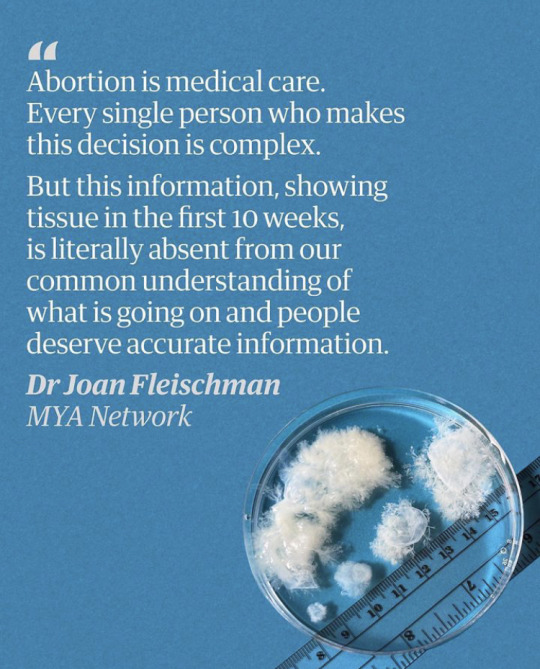Collection of medical and other human body related content
Don't wanna be here? Send us removal request.
Text
What I Ate Today
August 4th 2025
••••••••••••••••••••••••••••••••••••••••••••
Lean Cuisine Protein Kick Chicken Teriyaki
240 calories
3g total fat
1g saturated fat
0.5g polyunsaturated fat
0.5g monounsaturated fat
30mg cholesterol
550mg sodium
36g total carbs
3g dietary fiber
3g natural sugar
5g added sugar
16g protein
• • • • • • • • • • • • • • • • • • • • • • •
1 cup Fairlife 2% milk
120 calories
4.5g total fat
3g saturated fat
20mg cholesterol
120mg sodium
6g total carbs
6g natural sugar
13g protein
• • • • • • • • • • • • • • • • • • • • • • •
Collettey’s Crunchy Oatmeal Raisin Cookies
1 serving (4 cookies)
120 calories
6g total fat
2.5g saturated fat
5mg cholesterol
95mg sodium
15g total carbs
1g dietary fiber
8g added sugar and total sugar
2g protein
• • • • • • • • • • • • • • • • • • • • • • •
Dr Pepper
I drank three cups at a restaurant 😭😭😭
450 calories
165mg sodium
120g total carbs
117g added sugar
• • • • • • • • • • • • • • • • • • • • • • •
Waffle House Bacon Egg and Cheese Hashbrown Bowl
800 calories
48g total fat
18g saturated fat
425g cholesterol
1,630mg sodium
62g total carbs
5g dietary fiber
4g sugar
30g protein
••••••••••••••••••••••••••••••••••••••••••••
Total
Red indicates too high, orange for could be less, green for good, purple for too low, and white for uninterpreted.
1,730 calories
61.5g total fat
24.5g saturated fat
450mg cholesterol
2,560mg sodium
239g total carbs
9g dietary fiber
13g natural sugar
130g added sugar
61g protein
••••••••••••••••••••••••••••••••••••••••••••
Sources: Mayo Clinic, The NHS, UCSF Health, Heart.org, Heart.org
0 notes
Text
Article:
Myasthenia gravis symptom response to huperzine A, pyridostigmine bromide, and an immunomodulatory incorporated regimen: A multi-case study
by Francesco Zagami and Michael Alabboud on DYSONA Life Science
January 10th, 2023
▓▓▓▓▓▓▓▓▓▓▓▓▓▓▓▓▓▓▓▓▓▓
“
The current results showed that HupA can be considered an adjunctive tool rather than a standalone alternative for the management of MG. This is due to its potential to reduce the required doses of PYR-B, hence mitigating or minimizing associated adverse effects, while concurrently modifying the various forms of AChE. The administration of HupA, either alone or in conjunction with PYR-B, demonstrated a notable amelioration in muscle weakness. Furthermore, the inclusion of HupA in combination with PYR-B resulted in a prolonged duration of this beneficial effect, surpassing the effects observed when PYR-B was administered alone. It is worth noting that the occurrence of muscarinic side effects, such as sweating, nausea, headache, and blurred vision, was infrequent when HupA was added to the treatment regimen. Additionally, these side effects were generally mild in nature and of short duration. No significant changes in the biochemical-hematological analytical parameters were observed in the participating patients when administered the dosages utilized in this study, as assessed during the course of therapy.
The amelioration of symptoms observed in the current HupA incorporated protocol may also be attributed to the anti-inflammatory impact induced by the abundant production of acetylcholine (ACh) in the synaptic cleft, which serves to safeguard the acetylcholine receptor (AChR) from the inflammation caused by AChR antibodies [43]. Therefore, the inclusion of immunomodulatory therapy as part of the treatment played a substantial role in achieving this objective. (page 45)
”
0 notes
Text
there’s this extremely kind soul of a woman on instagram that makes accessible recipes that don’t require standing, chopping, or a stove and she might just have a permanent place in my heart




110K notes
·
View notes
Text
"Canadian scientists have developed a blood test and portable device that can determine the onset of sepsis faster and more accurately than existing methods.
Published today [May 27, 2025] in Nature Communications, the test is more than 90 per cent accurate at identifying those at high risk of developing sepsis and represents a major milestone in the way doctors will evaluate and treat sepsis.
“Sepsis accounts for roughly 20 per cent of all global deaths,” said lead author Dr. Claudia dos Santos, a critical care physician and scientist at St. Michael’s Hospital. “Our test could be a powerful game changer, allowing physicians to quickly identify and treat patients before they begin to rapidly deteriorate.”
Sepsis is the body’s extreme reaction to an infection, causing the immune system to start attacking one’s own organs and tissues. It can lead to organ failure and death if not treated quickly. Predicting sepsis is difficult: early symptoms are non-specific, and current tests can take up to 18 hours and require specialized labs. This delay before treatment increases the chance of death by nearly eight per cent per hour.
[Note: The up to 18 hour testing window for sepsis is a huge cause of sepsis-related mortality, because septic shock can kill in as little as 12 hours, long before the tests are even done.]
[Analytical] AI helps predict sepsis
Examining blood samples from more than 3,000 hospital patients with suspected sepsis, researchers from UBC and Sepset, a UBC spin-off biotechnology company, used machine learning to identify a six-gene expression signature “Sepset” that predicted sepsis nine times out of 10, and well before a formal diagnosis. With 248 additional blood samples using RT-PCR, (Reverse Transcription Polymerase Chain Reaction), a common hospital laboratory technique, the test was 94 per cent accurate in detecting early-stage sepsis in patients whose condition was about to worsen.
“This demonstrates the immense value of AI in analyzing extremely complex data to identify the important genes for predicting sepsis and writing an algorithm that predicts sepsis risk with high accuracy,” said co-author Dr. Bob Hancock, UBC professor of microbiology and immunology and CEO of Sepset.
Bringing the test to point of care
To bring the test closer to the bedside, the National Research Council of Canada (NRC) developed a portable device they called PowerBlade that uses a drop of blood and an automated sequence of steps to efficiently detect sepsis. Tested with 30 patients, the device was 92 per cent accurate in identifying patients at high risk of sepsis and 89 per cent accurate in ruling out those not at risk.
“PowerBlade delivered results in under three hours. Such a device can make treatment possible wherever a patient may be, including in the emergency room or remote health care units,” said Dr. Hancock.
“By combining cutting-edge microfluidic research with interdisciplinary collaboration across engineering, biology, and medicine, the Centre for Research and Applications in Fluidic Technologies (CRAFT) enables rapid, portable, and accessible testing solutions,” said co-author Dr. Teodor Veres, of the NRC’s Medical Devices Research Centre and CRAFT co-director. CRAFT, a joint venture between the University of Toronto, Unity Health Toronto and the NRC, accelerates the development of innovative devices that can bring high-quality diagnostics to the point of care.
Dr. Hancock’s team, including UBC research associate and co-author Dr. Evan Haney, has also started commercial development of the Sepset signature. “These tests detect the early warnings of sepsis, allowing physicians to act quickly to treat the patient, rather than waiting until the damage is done,” said Dr. Haney."
-via University of British Columbia, May 27, 2025
958 notes
·
View notes
Text
"A cure for HIV could be a step closer after researchers found a new way to force the virus out of hiding inside human cells.
The virus’s ability to conceal itself inside certain white blood cells has been one of the main challenges for scientists looking for a cure. It means there is a reservoir of the HIV in the body, capable of reactivation, that neither the immune system nor drugs can tackle.
Now researchers from the Peter Doherty Institute for Infection and Immunity in Melbourne, have demonstrated a way to make the virus visible, paving the way to fully clear it from the body.
It is based on mRNA technology, which came to prominence during the Covid-19 pandemic when it was used in vaccines made by Moderna and Pfizer/BioNTech.
In a paper published in Nature Communications, the researchers have shown for the first time that mRNA can be delivered into the cells where HIV is hiding, by encasing it in a tiny, specially formulated fat bubble. The mRNA then instructs the cells to reveal the virus.
Globally, there are almost 40 million people living with HIV, who must take medication for the rest of their lives in order to suppress the virus and ensure they do not develop symptoms or transmit it. For many it remains deadly, with UNAids figures suggesting one person died of HIV every minute in 2023.
It was “previously thought impossible” to deliver mRNA to the type of white blood cell that is home to HIV, said Dr Paula Cevaal, research fellow at the Doherty Institute and co-first author of the study, because those cells did not take up the fat bubbles, or lipid nanoparticles (LNPs), used to carry it.
The team have developed a new type of LNP that those cells will accept, known as LNP X. She said: “Our hope is that this new nanoparticle design could be a new pathway to an HIV cure.”
When a colleague first presented test results at the lab’s weekly meeting, Cevaal said, they seemed too good to be true.
“We sent her back into the lab to repeat it, and she came back the next week with results that were equally good. So we had to believe it. And of course, since then, we’ve repeated it many, many, many more times.
“We were overwhelmed by how [much of a] night and day difference it was – from not working before, and then all of a sudden it was working. And all of us were just sitting gasping like, ‘wow’.”
Further research will be needed to determine whether revealing the virus is enough to allow the body’s immune system to deal with it, or whether the technology will need to be combined with other therapies to eliminate HIV from the body.
The study is laboratory based and was carried out in cells donated by HIV patients. The path to using the technology as part of a cure for patients is long, and would require successful tests in animals followed by safety trials in humans, likely to take years, before efficacy trials could even begin.
“In the field of biomedicine, many things eventually don’t make it into the clinic – that is the unfortunate truth; I don’t want to paint a prettier picture than what is the reality,” stressed Cevaal. “But in terms of specifically the field of HIV cure, we have never seen anything close to as good as what we are seeing, in terms of how well we are able to reveal this virus.
“So from that point of view, we’re very hopeful that we are also able to see this type of response in an animal, and that we could eventually do this in humans.”
Dr Michael Roche of the University of Melbourne and co-senior author of the research, said the discovery could have broader implications beyond HIV, with the relevant white blood cells also involved in other diseases including cancers.
Dr Jonathan Stoye, a retrovirologist and emeritus scientist at the Francis Crick Institute, who was not involved in the study, said the approach taken by the Melbourne team appeared be a major advance on existing strategies to force the virus out of hiding, but further studies would be needed to determine how best to kill it after that.
He added: “Ultimately, one big unknown remains. Do you need to eliminate the entire reservoir for success or just the major part? If just 10% of the latent reservoir survives will that be sufficient to seed new infection? Only time will tell.
“However, that does not detract from the significance of the current study, which represents a major potential advance in delivery of mRNA for therapeutic purposes to blood cells.”"
-via The Guardian, June 5, 2025
5K notes
·
View notes
Text
Article:
Artificial cornea restores patient’s vision
by David Hutton with Ophthalmology Times
January 18th, 2021
▓▓▓▓▓▓▓▓▓▓▓▓▓▓▓▓▓▓▓▓▓▓
“
An artificial cornea developed by an Israeli company has been successfully implanted in the eye of a man who lost his sight a decade ago.
According to a release by CorNeat Vision, the 78-year-old patient regained his vision after the CorNeat KPro device was implanted into the eye.
…
Following the procedure, the company reported that the patient was able to recognize his family and read words.
”
3 notes
·
View notes
Text
"In Australia, a man was kept alive for 100 days on an artificial heart made of titanium while a donor heart was eventually found.
This is the longest-ever period that a man has been kept alive by an artificial heart, giving its developers encouragement that it can play a major role in supporting waiting list patients whose hearts are failing.
5 months ago, a man in his forties received the BiVACOR Total Artificial Heart (TAH) after experiencing heart failure. The TAH has no pumps, valves, or other moving parts susceptible to wear. Instead, magnetic levitation permits a single rotor to pump blood to the body through both ventricles.
He was able to leave the hospital even, before a donor heart was found that was transplanted successfully.
In a statement, BiVACOR, St. Vincent’s Hospital where the surgery was carried out, and Monash University which provided the grant funding for the development of the TAH, said that the result is a sign the artificial heart could potentially offer a long-term option for people suffering from heart failure.
BiVACOR’s founder, Australian bioengineer Daniel Timms, who invented the device, said it was “exhilarating to see decades of work come to fruition.”
“The entire BiVACOR team is deeply grateful to the patient and his family for placing their trust in our Total Artificial Heart,” he said in the statement. “Their bravery will pave the way for countless more patients to receive this lifesaving technology.”
In the United States, there are around 3,500 donor hearts made available every year for more than 4,400 people who join the waiting list.
The TAH has already been tested in an early feasibility study in search of eventual FDA approval. 5 patients received the device, CNN reports, with the first being last July, when a 58-year-old man suffering end-stage heart failure received the implant during surgery at Texas Medical Center.
The four others also received it successfully, and organizers hope to expand it to 15 patients."
-via Good News Network, March 18, 2025
4K notes
·
View notes
Text
Article:
Cancers Can Be Detected in the Bloodstream Three Years Prior to Diagnosis
by Johns Hopkins Medicine
June 4th, 2025
▓▓▓▓▓▓▓▓▓▓▓▓▓▓▓▓▓▓▓▓▓▓
“
Genetic material shed by tumors can be detected in the bloodstream three years prior to cancer diagnosis, according to a study led by investigators at the Ludwig Center at Johns Hopkins, Johns Hopkins Kimmel Cancer Center, the Johns Hopkins University School of Medicine and the Johns Hopkins Bloomberg School of Public Health.
”
4 notes
·
View notes
Text
I mentioned this very briefly in my SL post earlier but I’d really like it to have its own post
This website is really fucking important. Doctors have been sexually traumatizing children for profit and convenience for decades and they get away with it scott free. It boils my fucking blood. Please help bring awareness to this issue. It’s a really important cause to me.
21 notes
·
View notes
Text
As a society we have benefited so much from successful public health measures that we now have the privilege of declaring that we must not need them anymore
Bitch before enriched flour, neural tube defects like spina bifida were far more common. Even now, spina bifida clinicians and researchers are begging to have salt and maize fortified to reach groups that don’t use as much flour. Before iodized salt, the United States had a fucking GOITER BELT. Eleven years after the introduction of fluoridated water, a city in Michigan found the rate of dental caries among school children dropped a staggering 60%— in an era where tooth decay regularly fucking killed people
I’m literally not even going to start on vaccines, which are among the most successful and robustly studied public health measures in world history
You might say “oh well today we all have access to vitamins and toothpastes and dentists so we don’t need those things in our food supplies” and boy do white people on social media loooove to fucking say that. But here’s the thing: no, people don’t all have easy access to those things. That’s privilege talking yet again
28K notes
·
View notes
Text

4K notes
·
View notes
Text
I never truly knew the meaning of friendship until I became chronically ill and disabled. When my health declined I had people leaving left and right because I couldn’t keep up with other teenagers. I stopped having people check on me, I stopped getting invited to stuff, stopped being included, until I just got left behind. Now as an adult I found friends who check up on me, make sure whatever we do is accessible to me, always making me feel included, they are my support system.
Check up on your chronically ill and disabled friends, keep including them in stuff even if they have to end up canceling it. Being excluded for something you have no control over is horrible and no one should go through that.
5K notes
·
View notes
Text
Article:
Revenge of the gaslit patients: Now, as scientists, they’re tackling Ehlers-Danlos syndromes
by Isabella Cueto at STAT News
December 12th, 2022
▓▓▓▓▓▓▓▓▓▓▓▓▓▓▓▓▓▓▓▓▓▓
“
The Norris Lab didn’t just go looking; researchers found a gene variant that an unknown percentage of hEDS patients could have, one that would explain their disease.
In a large family with hEDS, the lab found a pattern — genetic anomalies some members shared. Then, they found more hEDS patients with mutations, via an online registry that went gangbusters overnight in December 2020. They narrowed down to 10 gene variants, and then to one they thought might be causing disease.
From humans, the Norris Lab team went to mice, and edited the suspect gene mutation into their DNA. The mice became so hypermobile that researchers could tie their tails into small knots.
The announcement on the Norris Lab website — that they had found a promising genetic clue, though they haven’t shared the name of it yet — caused such a stir in the world of EDS that Norris has had to mute his office phone. People want to know what they found, and have even submitted guesses of what gene variant is to blame. Their findings have been submitted to a scientific journal for review
”
#ehlers danlos syndrome#hypermobile ehlers danlos#hEDS#connective tissue disorder#article#medical gaslighting
4 notes
·
View notes
Text
One day I wanna be rich enough that I can just like. Give away hundreds of thousands of dollars every year in like scholarships or grants or whatever. That when I see someone make a post like “hey can I get $50 for groceries” I can just donate $1000. Or tip my server their rent money. Like that’s the dream
240K notes
·
View notes
Text

The health insurance industry has a term for this sadistic practice. It's called "step therapy." If the choice is between a more expensive medication that works and a cheaper one that doesn't work as well and might have worse side effects, the insurance company requires that the cheaper drug be used first.
One benefit to the insurance company is that the patient on the cheaper drug might die before they get a chance to use the drug that works but is more expensive. That's money in the bank for the insurance company.
Or, the patient might be so worn down and harmed by the cheaper drug that they just give up the fight to get the drug that will help them. Again, that's bank for the insurance company.
39K notes
·
View notes
